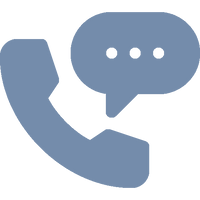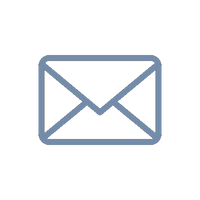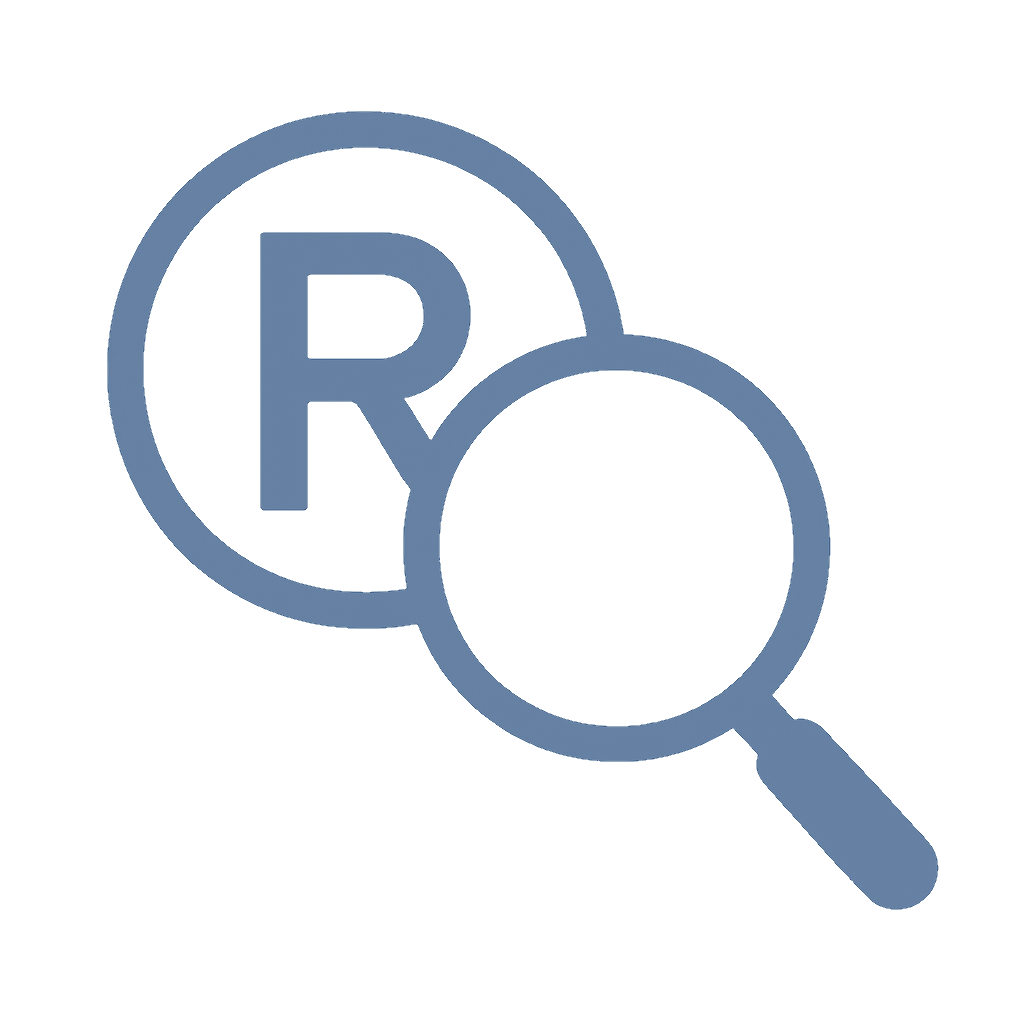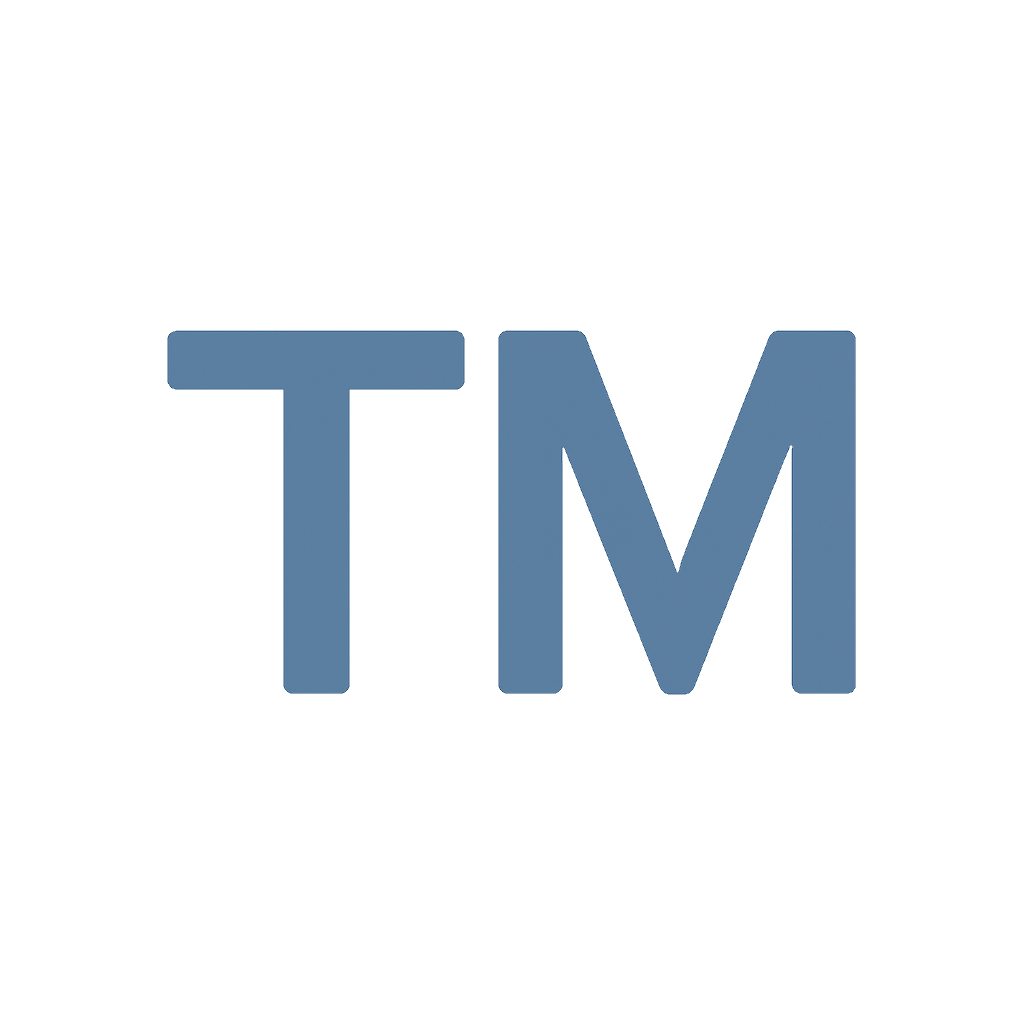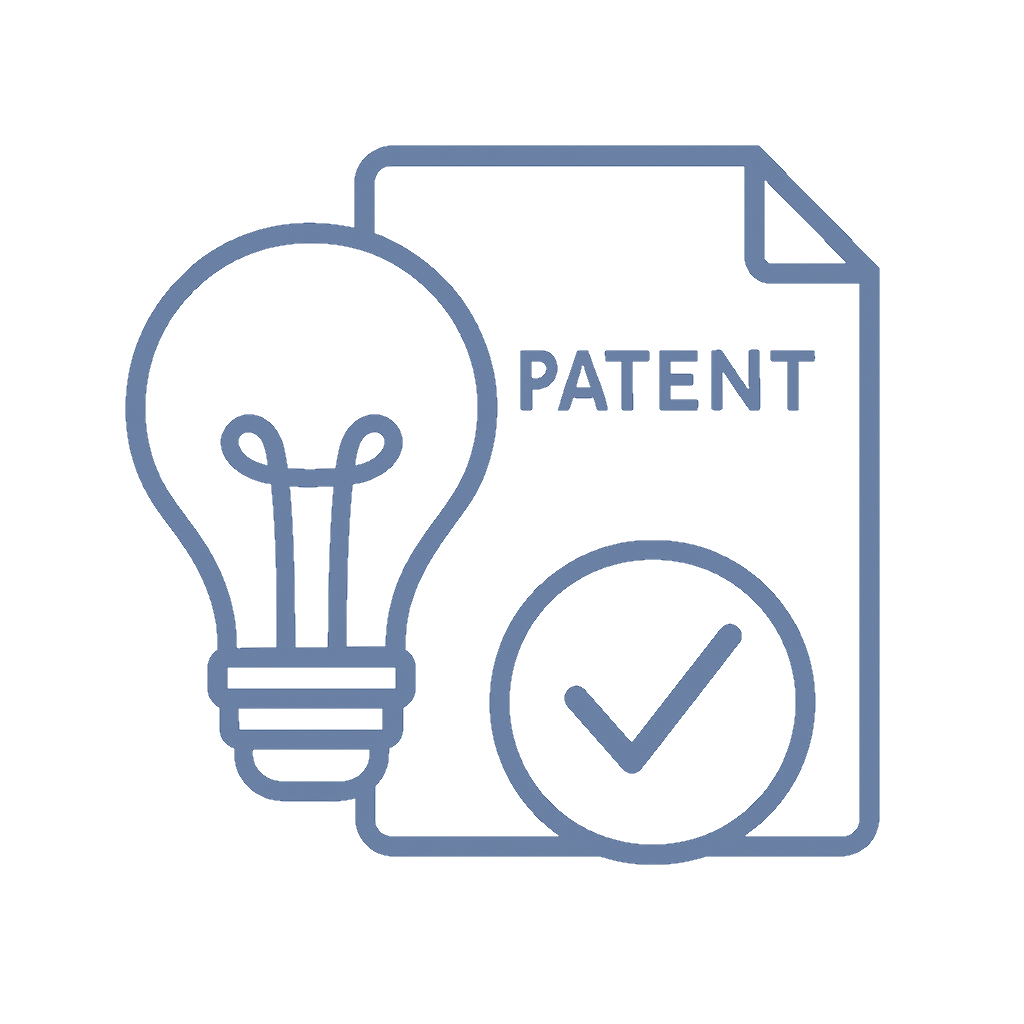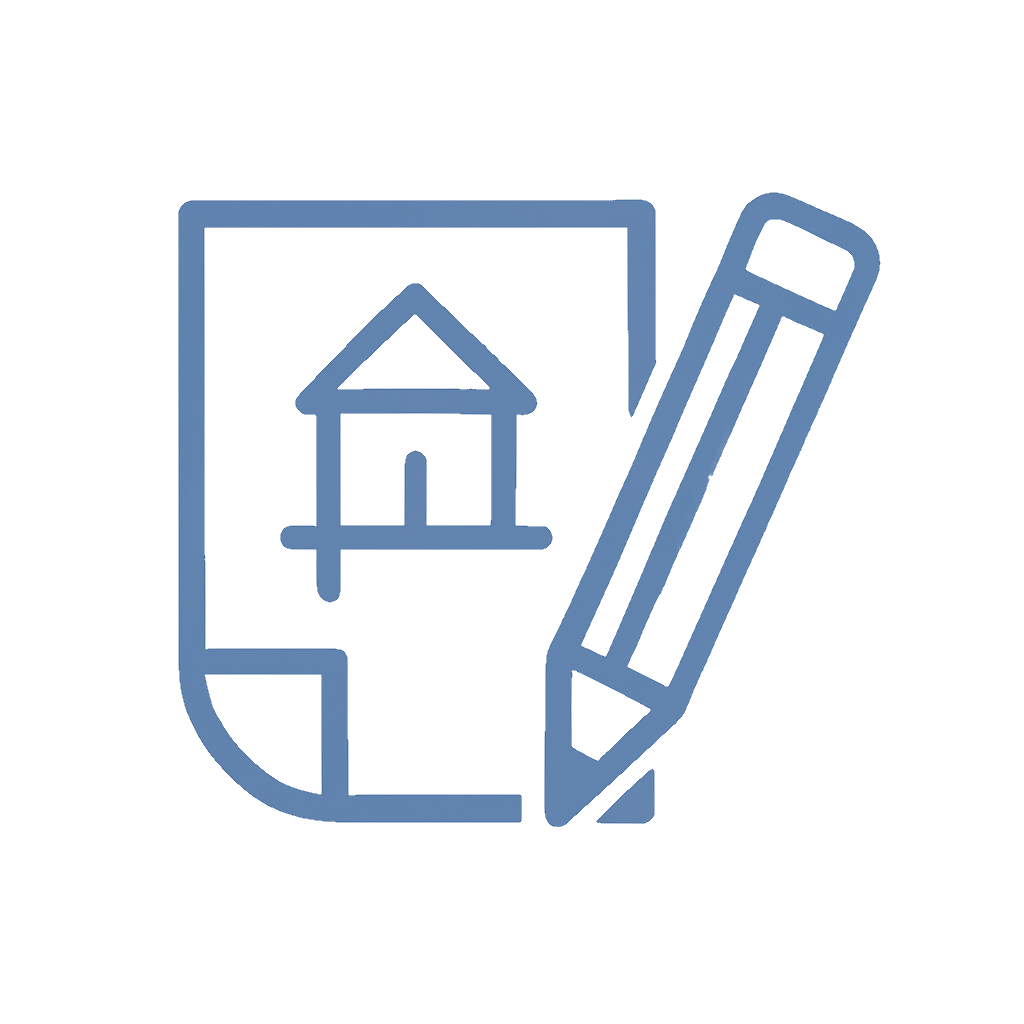📌 Quick Summary
1-Sentence Answer
Patenting software transforms code into a legal fortress, protecting innovation, deterring copycats, and fueling startup growth.
The Article Overview
This article unpacks the process of securing software patents, from documenting inventions and filing applications to enforcing rights. We’ll explore best practices, historical milestones, case studies, pitfalls, myths, legal precedents, and practical steps to safeguard software IP worldwide.
❓ Common Questions & Answers
Q1: Can all software be patented?
Not all software qualifies—patents require novelty, usefulness, and non-obviousness. Abstract ideas, math formulas, or generic business methods typically fail.
Q2: How long does a software patent last?
In most regions, a software patent lasts 20 years from filing, but periodic maintenance fees are required to keep it active.
Q3: Do I need an attorney for a software patent?
While not legally required, working with a patent attorney is highly recommended to avoid rejections and strengthen claims.
Q4: How expensive is the patenting process?
Costs range from $10,000–$25,000+ depending on complexity, attorney fees, and international filings. Think of it as tuition for protecting your innovation.
Q5: What if someone infringes on my patent?
You must actively enforce it. That means monitoring markets, issuing cease-and-desists, or even litigation to defend your IP rights.

📜 Step-by-Step Guide
-
Document Your Invention – Keep detailed notes, flowcharts, and technical explanations to demonstrate novelty.
-
Conduct a Patent Search – Use databases to confirm your invention is unique and avoid costly rejection.
-
Draft a Strong Application – Include claims, diagrams, and detailed descriptions of your software’s unique processes.
-
Hire a Patent Attorney – Secure professional guidance to navigate legal hurdles.
-
File Nationally and Internationally – Decide whether to file locally, or use treaties like PCT for global coverage.
-
Use NDAs During Development – Protect trade secrets before patents are granted.
-
Review and Update Patents – Continuously monitor your patent portfolio for relevance and enforceability.
-
Enforce Rights – Actively protect your invention from infringement to maintain its value.
📖 Historical Context
The roots of software patenting stretch back to the 1980s, when courts first grappled with whether code could be protected like mechanical inventions. Early rulings were inconsistent—some judges treated software as an abstract idea, others saw it as an engineered solution.
By the 1990s, landmark cases and updated laws paved the way for software patents, especially in the U.S., where the tech boom was reshaping economies. Patents became both shields for startups and swords for “patent trolls.”
In recent decades, international agreements like the Patent Cooperation Treaty (PCT) created clearer pathways for global protection. Yet, controversy lingers: while patents incentivize innovation, critics argue they sometimes stifle competition or favor large corporations.
🏢 Business Competition Examples
-
Amazon’s 1-Click Patent – Gave Amazon a huge e-commerce advantage until expiration, forcing competitors to innovate around it.
-
Google vs. Oracle (Java APIs) – Highlighted the gray area between code functionality and copyright/patent protection.
-
Microsoft’s FAT File System Patent – Allowed licensing revenue from many device makers using the file format.
-
Apple’s Swipe-to-Unlock Patent – Fueled global litigation against Samsung, illustrating patents as weapons in market battles.
💬 Discussion Section
Patenting software is like building a fortress: walls of documentation, gates of legal claims, and guards of enforcement. Startups often underestimate this process, either skipping patents to save money or filing weak claims that crumble under scrutiny.
The strategic value is massive. A strong software patent attracts investors, bolsters valuation, and provides leverage in acquisitions or partnerships. For example, many venture capitalists insist on seeing a patent portfolio before funding a software company.
Yet, the debate is nuanced. While patents protect innovators, they also fuel patent wars, where large companies hoard and weaponize patents against competitors. Smaller startups must therefore be careful not only in filing patents but also in navigating existing patent minefields.
International protection adds another layer. Software spreads across borders instantly, so relying on a single-country patent is like locking your front door but leaving the windows open. Filing under the PCT is expensive but often necessary for scalable businesses.
Another challenge lies in defining what’s truly patentable. Courts worldwide wrestle with differentiating between “abstract ideas” (unpatentable) and “specific technical solutions” (patentable). This ambiguity means even well-drafted applications face rejection without precise legal and technical framing.
Ultimately, the fortress metaphor is apt: without careful construction, software patents collapse under attack. But when built with foresight, they become an unbreachable stronghold securing innovation, market share, and future growth.

⚖️ The Debate
Pro-Patent View
Patents incentivize innovation by granting inventors exclusivity. They provide financial return, prevent idea theft, and encourage startups to share technical breakthroughs. Without patents, many innovations might remain trade secrets.
Anti-Patent View
Critics argue software evolves too fast for 20-year monopolies. Patents can be exploited by trolls, stifle competition, and burden startups with legal battles instead of innovation. Some suggest alternative IP models better suit the software industry.
✅ Key Takeaways
-
Document inventions thoroughly with flowcharts and technical details.
-
Conduct patent searches before filing.
-
Engage a skilled patent attorney for stronger applications.
-
Consider international protection early for global software.
-
Actively monitor and enforce your patent rights.
⚠️ Potential Business Hazards
-
Patent Trolls – Entities exploiting vague patents to sue startups.
-
Cost Overruns – Filing and maintaining patents drains cash quickly.
-
International Infringement – Weak enforcement abroad may still harm business.
-
Invalid Patents – Poorly drafted claims can be invalidated in litigation.
❌ Myths & Misconceptions
-
“All software can be patented” – False; abstract ideas aren’t eligible.
-
“Patents guarantee riches” – No, they only provide protection, not profits.
-
“A U.S. patent covers the world” – Patents are territorial, not global.
-
“Patents replace NDAs” – They complement but don’t replace confidentiality.
-
“You only need one patent” – Complex software often requires multiple filings.

📚 Book & Podcast Recommendations
-
Patent It Yourself by David Pressman – https://www.nolo.com/products/patent-it-yourself-pat
-
Burning the Ships: Transforming Your Company’s Culture through Intellectual Property Strategy – https://www.amazon.com/Burning-Ships-Transforming-Intellectual-Strategy/dp/0470637974
-
IP Fridays Podcast – https://www.ipfridays.com/
-
Innovation and Its Enemies by Calestous Juma – https://global.oup.com/academic/product/innovation-and-its-enemies-9780190467036
⚖️ Legal Cases
-
Alice Corp. v. CLS Bank (2014) – https://supreme.justia.com/cases/federal/us/573/208/
Defined limits of software patents by ruling against overly abstract claims. -
Google LLC v. Oracle America, Inc. (2021) – https://www.supremecourt.gov/opinions/20pdf/18-956_d18f.pdf
Clarified fair use in software copyright, impacting API-related patents. -
Microsoft Corp. v. AT&T Corp. (2007) – https://supreme.justia.com/cases/federal/us/550/437/
Explored the territorial scope of software patents exported abroad.
📣 Expert Invitation
Got a brilliant software idea worth protecting? Don’t let it slip through the cracks. Share your insights, ask questions, or book a consultation at http://inventiveunicorn.com — your fortress-building journey starts here.
🔚 Wrap-Up Conclusion
Patenting software isn’t just about paperwork—it’s about building a fortress around your intellectual creativity. From flowcharts that illustrate your idea to international filings that guard your global reach, each step strengthens your defense. Done right, software patents transform startups from vulnerable innovators into market leaders armed with legal shields.
